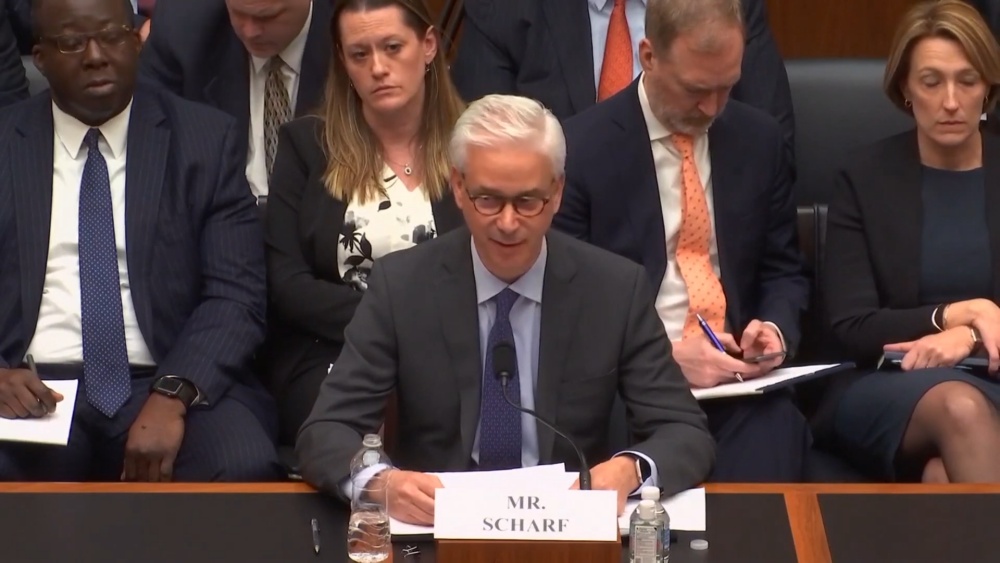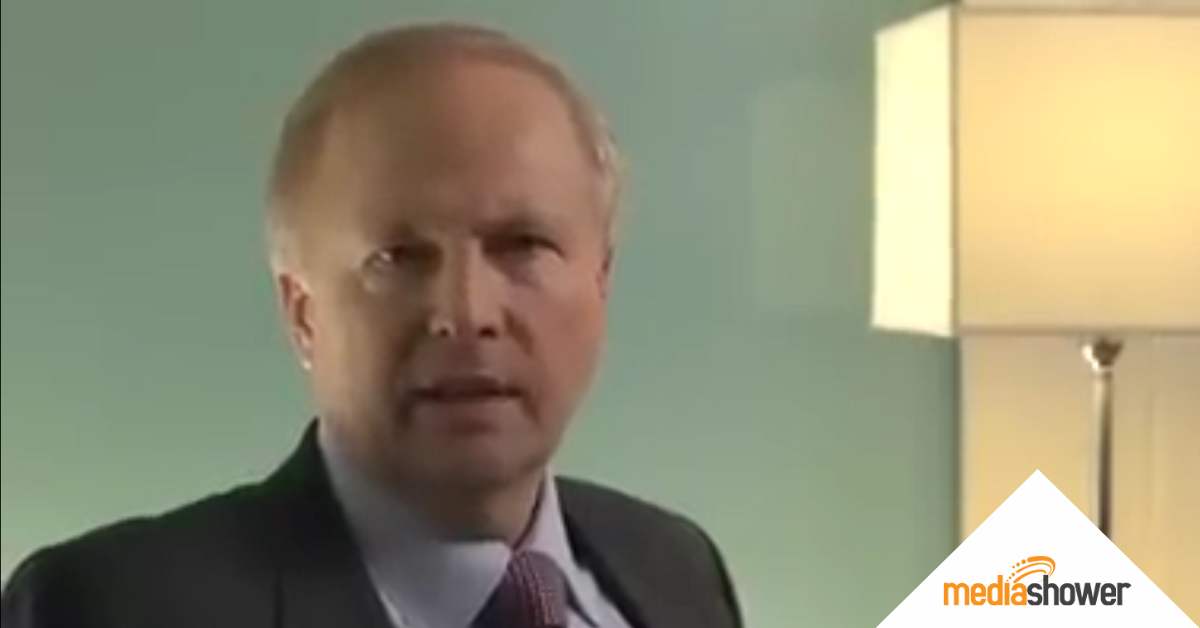
Quick Summary
- Between 2002 and 2016, Wells Fargo employees opened 3.5 million unauthorized accounts under intense internal sales pressure.
- The bank paid a $3 billion settlement in 2020 and remains under a Federal Reserve asset cap that limits growth.
- Leadership initially framed the crisis as employee misconduct, a response that fueled public backlash and prolonged the damage.
- The root cause wasn’t a single policy failure, but a culture that rewarded performance at the expense of integrity.
- Nearly a decade later, Wells Fargo continues working to restore customer trust—still trailing competitors in public perception.
Founded in 1852, the name Wells Fargo had long conjured images of stability, tradition, and financial security.
But in 2016, the name took on a new meaning: not on service, but on sales pressure, broken promises, and 3.5 million accounts created without customer consent.
What began as a single unauthorized credit card opened for a California college student soon unraveled into one of the most damaging scandals in American banking history.
Customers around the country uncovered accounts they never asked for and fees they never agreed to pay. As the numbers grew, so did the backlash from consumers, regulators, and lawmakers.
In this case study, we’ll unpack the Wells Fargo sales scandal, and show how marketers can rebuild trust when a brand breaks down.
A Reputation Shaped by Reliability
For more than 160 years, Wells Fargo had cultivated a reputation for reliability. Its iconic stagecoach, first introduced in the 1850s, symbolized a steady, forward-moving presence in American finance.
Customers turned to Wells Fargo during times of uncertainty, especially during the 2008 financial crisis, when its conservative approach stood in contrast to the chaos surrounding other institutions.
That reputation was built on consistency and trust—qualities that drew customers who valued a bank they could count on.
But starting in the early 2000s, the company began shifting gears. Leadership introduced an aggressive growth strategy focused on selling more products to existing customers. Known as cross-selling, the strategy came with an internal motto—“Eight is great”—which encouraged employees to push for eight accounts per customer.
That goal was clear. So were the expectations for meeting it.
A Culture Driven by Quotas
Inside Wells Fargo branches, employees began operating in a high-pressure environment that tied job performance directly to sales metrics. Daily quotas were displayed on performance boards, and managers tracked numbers with precision.
Hitting targets meant bonuses and public recognition. Falling short meant disciplinary action or termination.
The system rewarded volume, and that incentive structure began to shape behavior across the organization. Over time, some employees began taking shortcuts—opening accounts without permission, forging signatures, and transferring funds to trigger automatic fees.
The misconduct emerged from a system that prioritized numbers over relationships.
What the system rewarded
- Sales metrics over service values. Employees were evaluated by account volume, not customer satisfaction.
- Visibility without accountability. Quotas were public, but how they were achieved often went unexamined.
- Short-term gains over long-term trust. The pressure to meet daily targets led to practices that damaged the brand’s reputation for years.
What was missed along the way
- Customer complaints as early indicators. Red flags were treated as one-offs rather than symptoms of a systemic issue.
- Internal voices raising concerns. Employees who objected to unethical practices had limited channels for escalation.
- The cultural misalignment. The bank’s brand messaging emphasized trust, but its internal incentives rewarded the exact opposite.
The Public Reckoning
By the time regulators announced their findings in 2016, the scale of the misconduct had become impossible to ignore. The Consumer Financial Protection Bureau levied a $185 million fine, triggering a public response that extended far beyond financial penalties.
CEO John Stumpf appeared before Congress, where lawmakers demanded accountability for a business model that had incentivized unethical behavior.
The bank had fired 5300 employees by the time of the hearings, but critics pointed to a deeper issue: The decisions that created the pressure system remained intact, and the executives who designed it remained in place.
Wells Fargo’s initial response
- National apology campaign. Full-page newspaper ads, dedicated websites, and television spots attempted to restore confidence.
- Internal blame strategy. Communications blamed employee misconduct while executives faced few consequences.
- Missed strategic opportunity. The bank framed the issue as a PR crisis rather than addressing the deeper trust issues at its core.
“We never directed nor wanted our team members to provide products and services to customers that they did not want.” – John Stumpf, 2016
How the public reacted
- Customer closures and backlash. Many longtime clients moved their accounts elsewhere in protest.
- Political scrutiny and media attention. Congressional hearings and viral video clips amplified the damage.
- Regulatory escalation. The Federal Reserve imposed an asset cap, signaling long-term concern about Wells Fargo’s governance.
Rebuilding From the Inside Out
Wells Fargo responded to the backlash with broad changes, starting with leadership. John Stumpf stepped down in October 2016. His successor, Tim Sloan, oversaw operational reforms but eventually resigned in 2019.
In October of that year, Charlie Scharf became CEO and began the work of overhauling internal systems while restoring external credibility.
Scharf made targeted changes to how employees were evaluated, how leadership communicated values, and how the company showed up in local communities.
New policies:
- Eliminated sales quotas. Employees were no longer evaluated on the number of accounts sold, reducing pressure to prioritize volume over service.
- Redesigned incentive structures. Compensation plans shifted to reward customer satisfaction and relationship-building rather than product count.
- Expanded compliance oversight. Risk management, governance, and audit functions were strengthened to ensure long-term accountability.
- Introduced ethics-based training. Company-wide programs emphasized responsible decision-making and aligned behavior with brand values.
- Updated brand mission. Core messaging was revised to center on trust, transparency, and long-term customer relationships.
- Increased community investment. The bank expanded support for small businesses and local nonprofits to rebuild public trust through local engagement.
The Long-Term Impact of Trust Erosion
The financial consequences of the scandal were substantial. Legal settlements and remediation costs exceeded $5 billion. The regulatory cap, still in place as of this writing, continues to restrict Wells Fargo’s ability to grow its asset base beyond $1.95 trillion.
This constraint limits their lending capacity and long-term revenue potential.
Beyond the numbers, the reputational damage reshaped the bank’s position in the market. Wells Fargo, once the largest U.S. bank by market capitalization, dropped to fourth place.
Public perception surveys consistently placed the brand behind major competitors in trust and favorability metrics, even as customer acquisition stabilized.
How the brand position shifted
- Loss of competitive standing. The bank fell behind key rivals in both perception and market share.
- Brand trust decline. Public sentiment remained skeptical long after the crisis faded from headlines.
- Market performance gap. Stock performance lagged competitors for several years after the scandal.
How the industry responded
- Tighter sales practice oversight. Other banks faced reviews and preemptive reforms.
- Stronger executive accountability. Regulators imposed bans on former Wells Fargo leaders.
- Broader regulatory precedent. The case set a new standard for how cultural failures affect governance evaluations.
The Difference Between Function and Trust
By many measures, Wells Fargo has achieved operational recovery. The bank is profitable. Its services function reliably. Customer attrition has slowed, and its leadership has remained steady under Charlie Scharf.
But reputation recovery runs on a longer timeline. The brand continues to carry the weight of its past decisions. Surveys show that customers are willing to use Wells Fargo’s services, but their trust remains cautious.
This distinction—between operational performance and emotional trust—defines the company’s current position.

Marketer Takeaways
Wells Fargo’s experience offers clear, actionable lessons for marketers and brand leaders:
- Internal culture shapes external perception. A company’s reputation depends on how well its operations reflect its values.
- Incentives define outcomes. The structures that reward performance will always guide behavior.
- Initial response shapes public reaction. Accountability, transparency, and tone all matter in the early stages of a crisis.
- Trust rebuilds through consistency. Reputation repair is a long-term effort that requires aligned action at every level of the business.
- Employee treatment matters. Public trust is influenced by how fairly companies distribute accountability.
Wells Fargo’s story illustrates how even legacy brands can falter when internal culture drifts from core values. It also shows that rebuilding is possible—through leadership changes, structural reform, and a long-term commitment to restoring trust.
Media Shower’s AI marketing platform helps brands build trust that lasts. Click here for a free trial.



